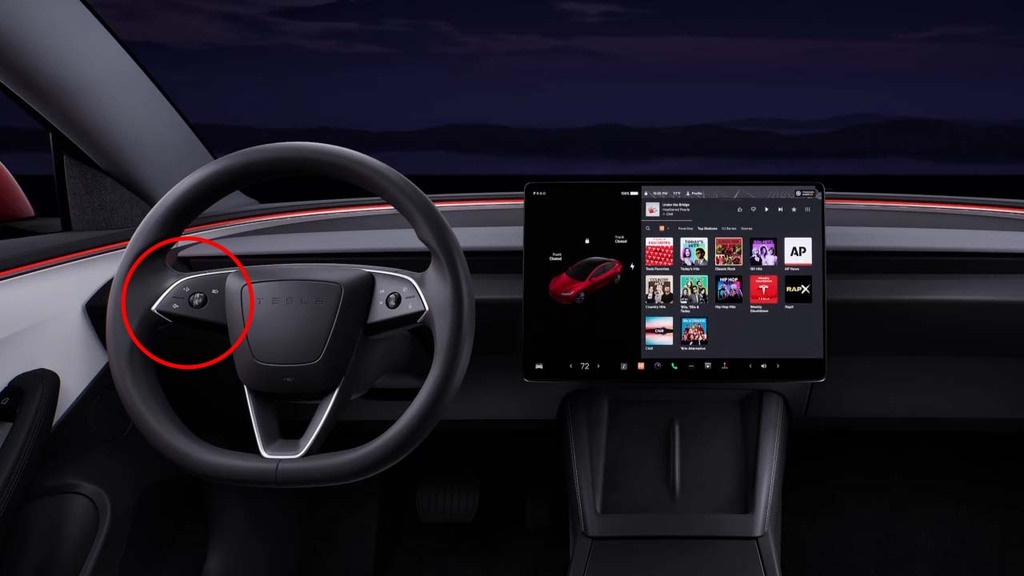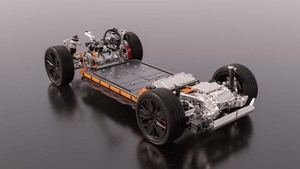Beginning in 2026, the European New Car Assessment Program (Euro NCAP) will implement new testing criteria that will require vehicles to have physical controls for basic functions such as turn signals and windshield wipers in order to receive a five-star safety rating.
Touchscreens inside cars are becoming more widespread. Basic automobile physical controls are increasingly being replaced by icons on touchscreens rather than physical buttons.
While utilising a touchscreen is simple and straightforward to use, it does require the user to take their eyes from the road for a little period of time.
This has raised concerns for Euro NCAP, an independent safety authority for the automobile industry that evaluates cars and gives a five-star safety rating system to assist users in comparing vehicles and choose the safest option for their requirements.
As of January 2026, this safety agency will implement new regulations requiring the cars it evaluates to have physical controls for fundamental tasks in order to achieve the maximum five-star safety certification. Cars will need to employ buttons, dials or stalks to control danger warning lights, indicators, windscreen wipers, SOS calls and the horn.
This will undoubtedly be an issue for many automobile manufacturers, who have gradually included more features on their touchscreen interfaces, not least because they are less expensive to make than conventional buttons and knobs.
“The overuse of touchscreens is an industry-wide problem, with almost every vehicle maker moving key controls onto central touchscreens, obliging drivers to take their eyes off the road and raising the risk of distraction crashes,” said Matthew Avery, director of strategic development at Euro NCAP.
It is not illegal
Although Euro NCAP’s safety criteria are not legally binding, they are strongly supported by various EU governments. Automakers such as Tesla, Volvo, Volkswagen, and BMW take these safety ratings seriously, utilising them to highlight the safety of their products.
Also, while drivers and automobile manufacturers may maintain that touchscreens do not cause distractions, evidence suggests otherwise. According to a research done by the American Automobile Association (AAA), car entertainment systems divert drivers’ eyes and attention away from the road and take their hands off the wheel for potentially dangerous periods of time.
While drivers and automobile manufacturers may maintain that touchscreens do not cause distractions, evidence suggests otherwise. According to a research done by the American Automobile Association (AAA), car entertainment systems divert drivers’ eyes and attention away from the road and take their hands off the wheel for potentially dangerous periods of time.
The rise of touch screens
Some manufacturers, such as Tesla and Volkswagen, have built a reputation for hiding essential car functions behind touch-sensitive interfaces. There are plenty of complaints about such features, but equipment makers continue to promote touchscreen interfaces since they are less expensive to build than conventional buttons and knobs.
Even though Tesla reportedly supports NCAP’s stance, they are taking this one step further with the removal of the indicator and drive selector stalks. There are mounting concerns that cost cutting exercises like this can add to driver distraction. The issue concerns roundabouts. As the wheel rotates and you need to signal to leave the roundabout, the buttons will be near the top of the turn. This will make it more difficult to locate and press the buttons while steering. What do you think?

The study found that drivers who used in-vehicle technology such as voice-activated and touch-screen features were visually and cognitively distracted for more than 40 seconds while completing tasks. According to their findings, taking your eyes from the road for only two seconds increases the danger of a collision.
Driver safety is a key topic for all fleets. Read more about how you can create a driver safety culture. It is essential that however vehicle technology changes and then adapts to new thinking, the driver has to be made aware of any potential risks associated with new vehicles. There has to be a balance between new technology, cost saving exercises, driver convenience and ultimately, safety.



